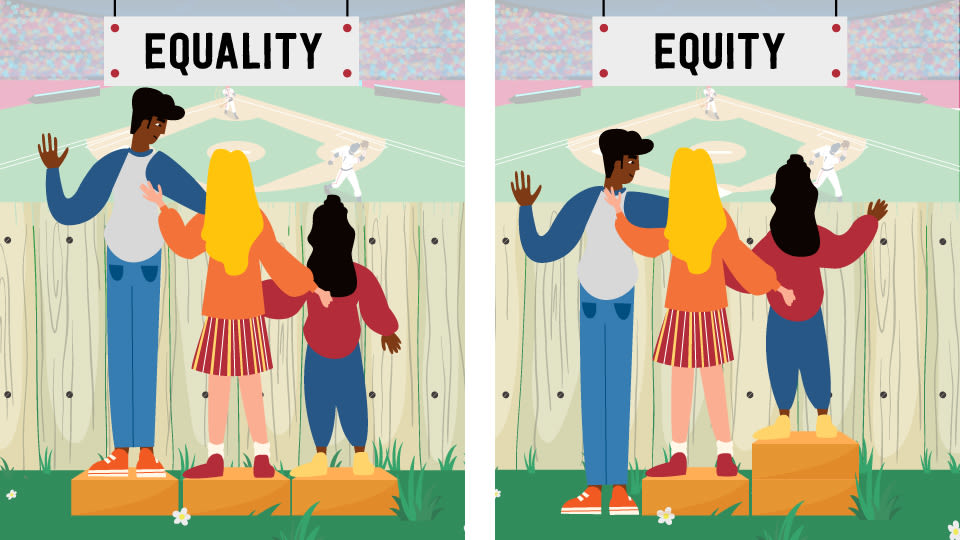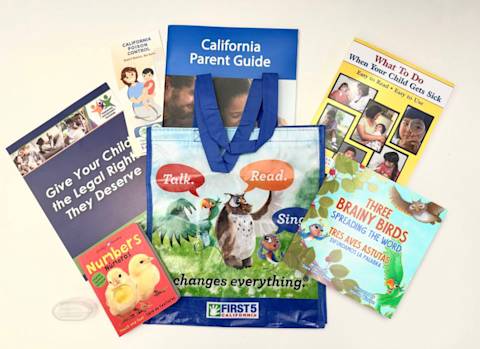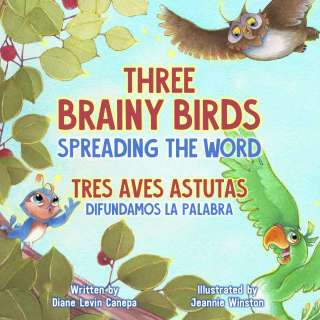Social justice is in all parts of our families’ lives, including education. Universal Design for Learning is an educational approach that promotes and supports children’s differences.

Universal Design for Learning, or UDL, is an approach to learning and teaching that allows for equitable access to learning for all students. The concept of “universal design” is based on the principle of inclusion in education. Equity does not mean equality. Equity refers to each individual getting what he or she needs in order to access and benefit from the learning environment.
What does UDL in schools mean?
UDL in schools means that there is a variety of flexible ways to present, engage in, and demonstrate learning. UDL starts with the teacher and classroom culture– their belief that all students should and can access lessons equitably. Schools that embrace UDL are constantly mindful of how each student is and can learn.

What does UDL mean for my preschooler?
For each child, UDL means that the way material is presented (strategies and types), the supports provided, and the way each student is assessed comes in a variety of methods and options. There is no one way a skill is taught, learned, or measured. Often this looks like a classroom that includes:
Options or “menus” to its students when it comes to assignments and activities
Multimodal instruction (movement, visual, auditory, etc.)
Flexible opportunities to demonstrate individualized success
QUICK TIP: When looking into preschools for your child, ask about their approach to teaching and equity.






